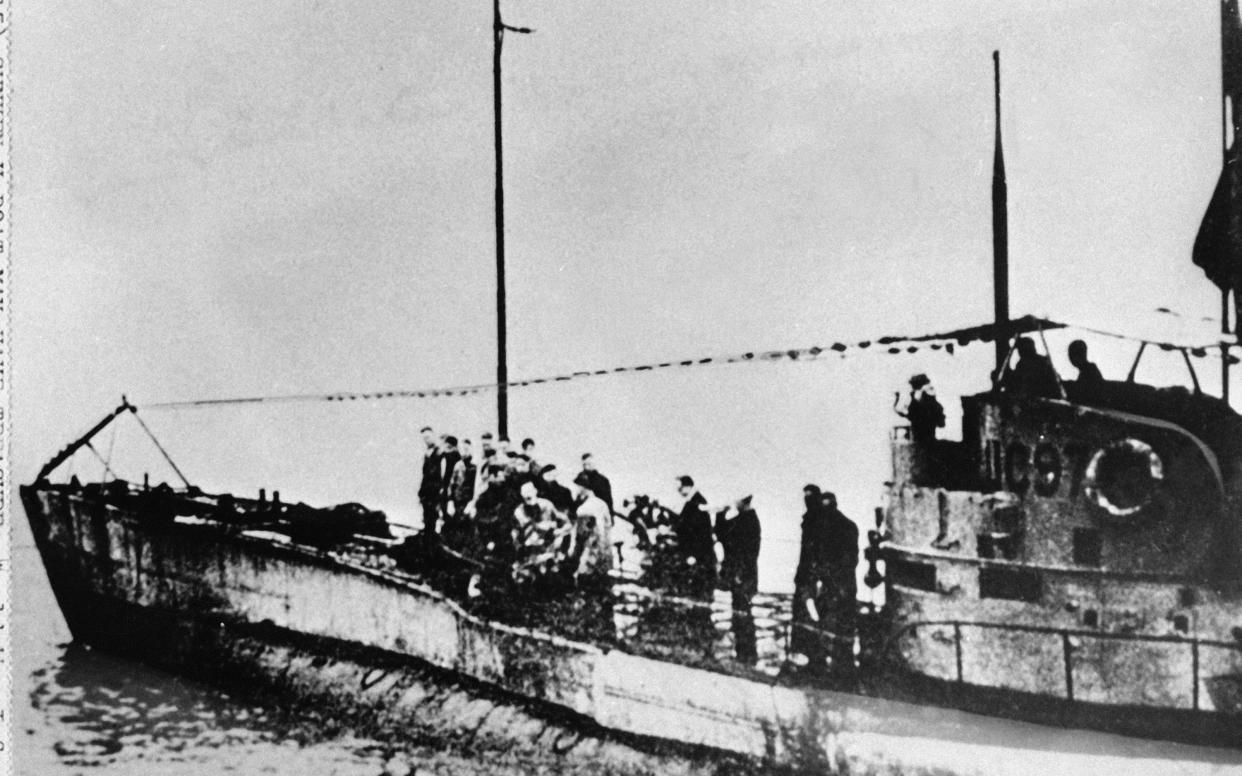German First World War submarine wreck discovered with 23 crewmen still on board

A German First World War U-boat has been found off the Belgian coast almost totally intact and with the bodies of all 23 sailors onboard.
The U-Boat II was found lying on its starboard side at the bottom of the North Sea at a depth of 27 metres, close to the coastal resort of Ostend.
At this stage, it is unclear whether the submarine was sunk by a mine, a British ship or a British plane. The find is the best preserved of its kind in the North Sea. Its exact location is being kept secret to discourage trophy hunters.
Although a part of the submarine’s bow is missing, the torpedoes remain in place. The submarine hatches are closed, which indicates that the vessel has never been discovered before and that the crew of 22 sailors and one commander have remained onboard for about 100 years.
Belgian authorities have informed the German ambassador and processes to identify the men and to protect the discovery have begun.
The find, which came after underwater scans suggested there could be a wreck in Belgian waters, was confirmed today by the governor of West Flanders.

During the First World War, the German fleet in Flanders numbered 19 submarines. 15 of them sank, 11 of them in the North Sea. Between 1915 and 1916 30 similar models to the wreck were made.
Images of the wreck are not clear enough to give the number of the U-Boot. The Het Laatste Niews newspaper reported it could be U-Boot 27, 29 or 32. All three were sank in 1916 and 1917 by British ships and by a British plane.
The most promising theory is that the submarine hit a mine tethered to the bottom of the sea by a cable.
The wreck is 27 metres long and six metres wide. The U-Boot II model was a bigger, improved version of the type I U-Boot.
The 270-ton submarine could dive to a maximum of 50 metres and disappear under the waves in 30 to 45 seconds.
Compared to the earlier model, it had more electrical power and batteries that allowed it to stay submerged for longer.
Bodies of soldiers from the First World War are still being discovered in Belgium on the battlefields of Flanders. In 2013 archaelogists examined a German U-Boot II submarine, which had washed up on the Kent coast.

 Yahoo News
Yahoo News 
